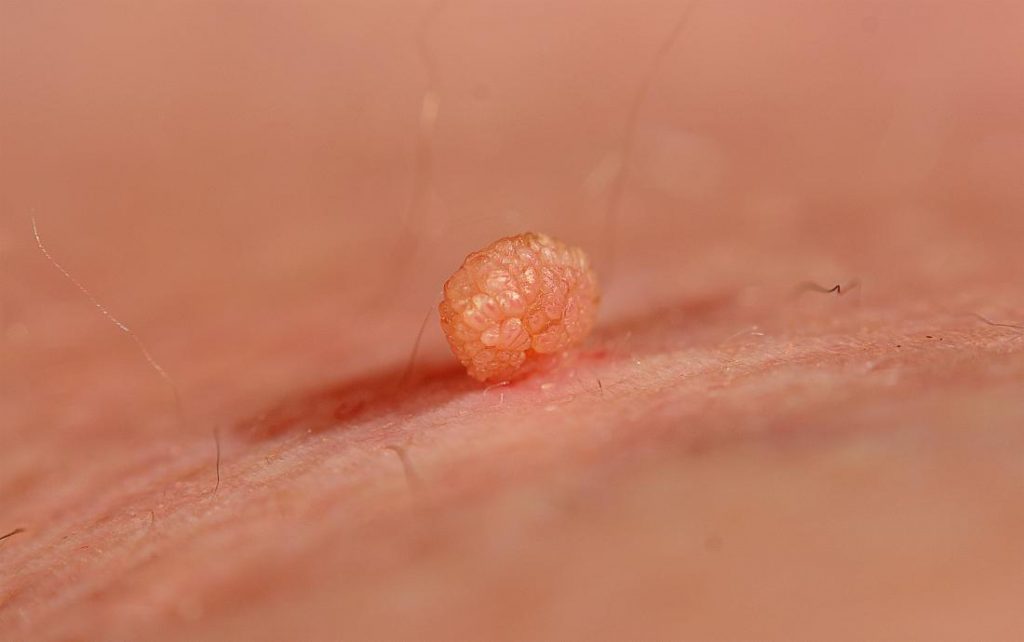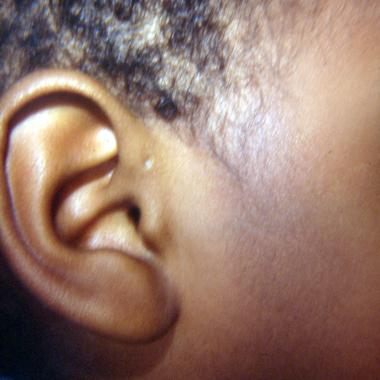Skin tags? Ear pits? Dimples? Birthmarks? That’s 4 body phenomena plus the almighty Hollywood frenzy sugar rush in kids? Young children are very curious and ask the most random questions ever. They do more than just ask random questions; they also have the most hilarious ideas, especially on these 4 body phenomena.
How then do you intend to sate their curiosity if you do not know the answers to these questions yourself? Rather than have a good laugh at their silly ideas, you can go a step further by letting them in on the actual answer. And face it, you’re a little curious yourself. If you weren’t, then you wouldn’t be here.
Disclaimer: Sugar rush in kids is a bonus that couldn’t wait till later. It’s time we demystify the sugar myth. Does sugar make young children hyperactive?
Skin tags: What are skin tags and why on earth do they pop up on our skin?

Growing up as a child, this very skin “condition” left me confused (can’t remember the exact emotion I felt). I asked a few adults about it but none had the answers, and eventually, I forgot all about it. Well, until a friend of mine refused to sit near a person who had skin tags on a bus.
Myth #1: Skin tags are contagious!
I still don’t know why people think so but they do and it’s not. Skin tags are soft tiny benign skin outgrowths that have the colour of your skin. They are extremely common and can vary in number. Some persons have just one while others might have tens or even a hundred.
Though obese and elderly persons are more prone to develop skin tags, pregnant women, plump babies, children and teens can all develop a skin tag. Skin tags are most common in regions where the skin tends to rub against itself. Common areas are neck, armpits, buttock folds, eyelids, upper chest, groin folds but it can be found all over.
Skin tags are usually not painful nor cause discomfort, unless we count the cosmetic reasons. You can’t prevent skin tags.
Myth #2: Skin tags can pop on their own
They don’t. Skin tags are not pus waiting to be popped. You can pop pimples but you can’t pop tags, neither do they pop by themselves. However, some tags can fall off on their own even without your notice. And for skin tags that appear on the armpits, they are also regularly shaved off – not intentionally.
Myth #3: You can’t get rid of skin tags or getting rid of a skin tag spurs the growth of more
Because skin tags are harmless, medical doctors do not advice you get rid of them. The main reason people desire to get rid of them are because of aesthetic reasons, especially those whose skin tags are all over their body. These are a few ways to get rid of skin tags:
- Ligation
- Excision
- Cryotherapy
- Cauterization
Are there natural home remedies that helps to get rid of skin tags? There are many unapproved home remedies, but before you go ahead to try any, you should check in with your doctor.
→ The potash treatment: done only by those with 1 or 2 skin tags. The potash treatment is a home remedy that’s employed by many in Nigeria. It involves cutting off the tag and using grinded potash to cover the injury so it wouldn’t leave a scar. For very small tags, some persons use a stone to scrape it out. Please do not try this, at least not without your doctor’s consent.
→ Share your home remedy with us via our comment section.
Dimples: The brilliant smile maker – why don’t we all have dimples?

People love dimples. Quite cute but why do some persons have dimples while others do not? It has to do with the facial muscle called zygomaticus major. The muscle runs downward from the cheeks to the corners of the mouth and plays a major role in smiling.
Everyone has the zygomaticus major. But not everyone has a split zygomaticus major. Dimples are formed when this facial muscle splits into two forming a double zygomaticus major and when the skin brushes past it to form a smile, the indentation is formed.
Dimples have also been linked to be genetically inherited but this is not always the case.
Myth #1: Those with dimples were all born with it
Not everyone who’s got dimples were born with it. And not every child born with dimples grow to be adults with dimples. There are those who undergo a surgical process known as dimpleplasty.
Myth #2: Dimples are always on both cheeks
Contrary to popular opinion, not everyone has dimples on both cheeks. Some persons have their dimple on just one cheek while others have on both cheeks.
P.S. Dimples can refer to either cheek or chin dimples but, there’s a difference between the two.
Two down! We’ve got 2 more out of our 4 body phenomena to demystify.
Ear pit: The hole that goes almost unnoticeable

It’s no surprise that some persons who’s got an ear pit are unaware that they’ve got one. It’s right there on the ear but that’s one body part you don’t exactly see so you not knowing is excusable.
Myth #1: Ear pits are ear piercings
No, they’re not piercings and neither can you stick an earring in one. Ear pits are congenital defects that are also referred to as preauricular sinus (or pit). They are sinuses that aren’t supposed to be there and are often considered to be formed when the auricles do not join properly. The hole is usually at the point where the ear joins the face and are quite common in Africans.
Myth #2: They can’t get infected
Though generally benign, ear pits do get infected and inflamed but rarely. Because it’s a hole, they might trap bacteria hence, becoming infected. If you have an inflamed or painful ear pit, then you should see a doctor.
Birthmarks: What crazy things have you heard about them?
Some birthmarks mean something serious. There are a few types of birthmarks. Some eventually fade off, others start to develop after birth and there are a few, your doctor will definitely want to get a head up about.
→ No, birthmarks are not God’s mark. As a child, I was fed with the idea that that was what it was until I grew up and realized that they weren’t. Tell me about Santa and the tooth fairy being real.
What are birthmarks and why do we have them?
Birthmarks are basically markings that are present at birth. However, a few birthmarks aren’t present at birth, they appear later on.
- Vascular birthmarks: These types of birthmarks are as a result of improperly formed blood vessels and the common ones include hemangiomas, port-wine stains and macular stains.
- Pigmented birthmarks: When the cells responsible for skin colour (pigment) gets a surge in growth, a pigmented birthmark is formed. Common examples include the café-au-lait spots and the Mongolian spots (or slate grey nevus).
The slate grey nevus is a harmless birthmark that usually fades off. It is common amongst Africans.
→ Can I get rid of a birthmark?
Yes, but that depends on the type of birthmark.
Hollywood Frenzy Sugar Rush Phenomenon in Kids
Living in Nigeria and watching a lot of Hollywood makes you wonder if sugar rush in kids was just a Hollywood ish or an actual scientific thing. Quite a lot of research has been carried out too to ascertain if it is just a myth or a fact. And the results of the researches all lean towards myth. Sugar rush in young children has no scientific evidence to back it up.
If your kids are too hyperactive, then you might want to consider a few ways you can keep them engaged.
Definitely, there are still a few myths about these 4 body phenomena but we can always bust them in the comment section. Busting the myths so far on skin tags, dimples, ear pits, birthmarks and sugar rush hyperactivity has been fun.


